Japanese bathroom design is trending – here's everything you need to know to recreate this serene, mindful style
Aesthetics and wellness combine in this serene bathroom style
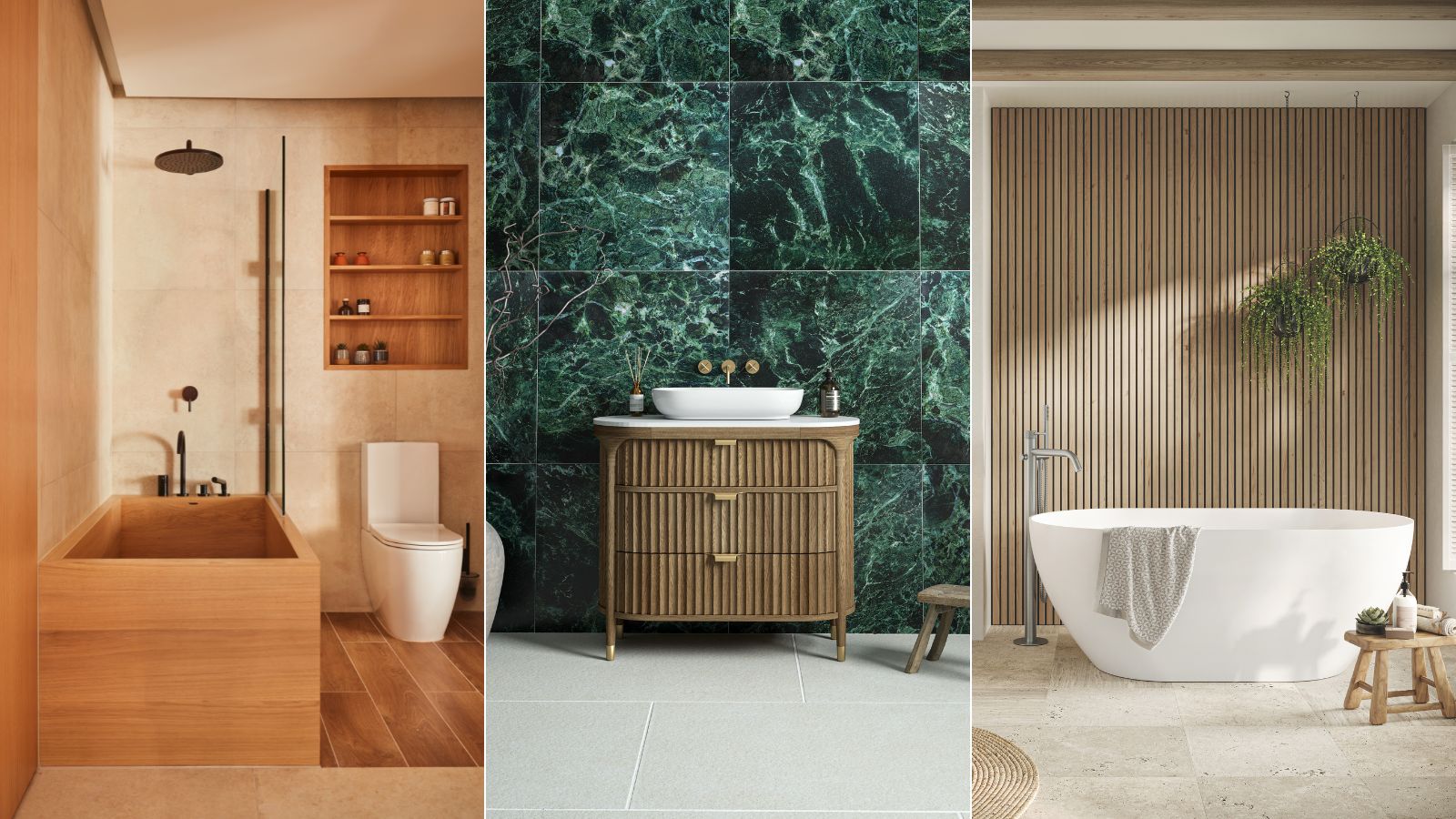

Bathrooms are the sanctuary of a home. A space to start and end your day, indulge in self-care, and take a moment of tranquility, the way you design them should reflect how you want to feel when you're using them.
This desire for serene design is perhaps why Japanese bathrooms are trending. With natural materials, a more minimalist design, and color palettes inspired by the world around us, there's so much we can learn from the aesthetic to create relaxing bathroom ideas.
But what exactly epitomizes Japanese bathroom design, and how can you bring elements of its serenity into your own home? Here's everything you need to know, with top tips from designers.
What's the appeal of Japanese bathroom design?
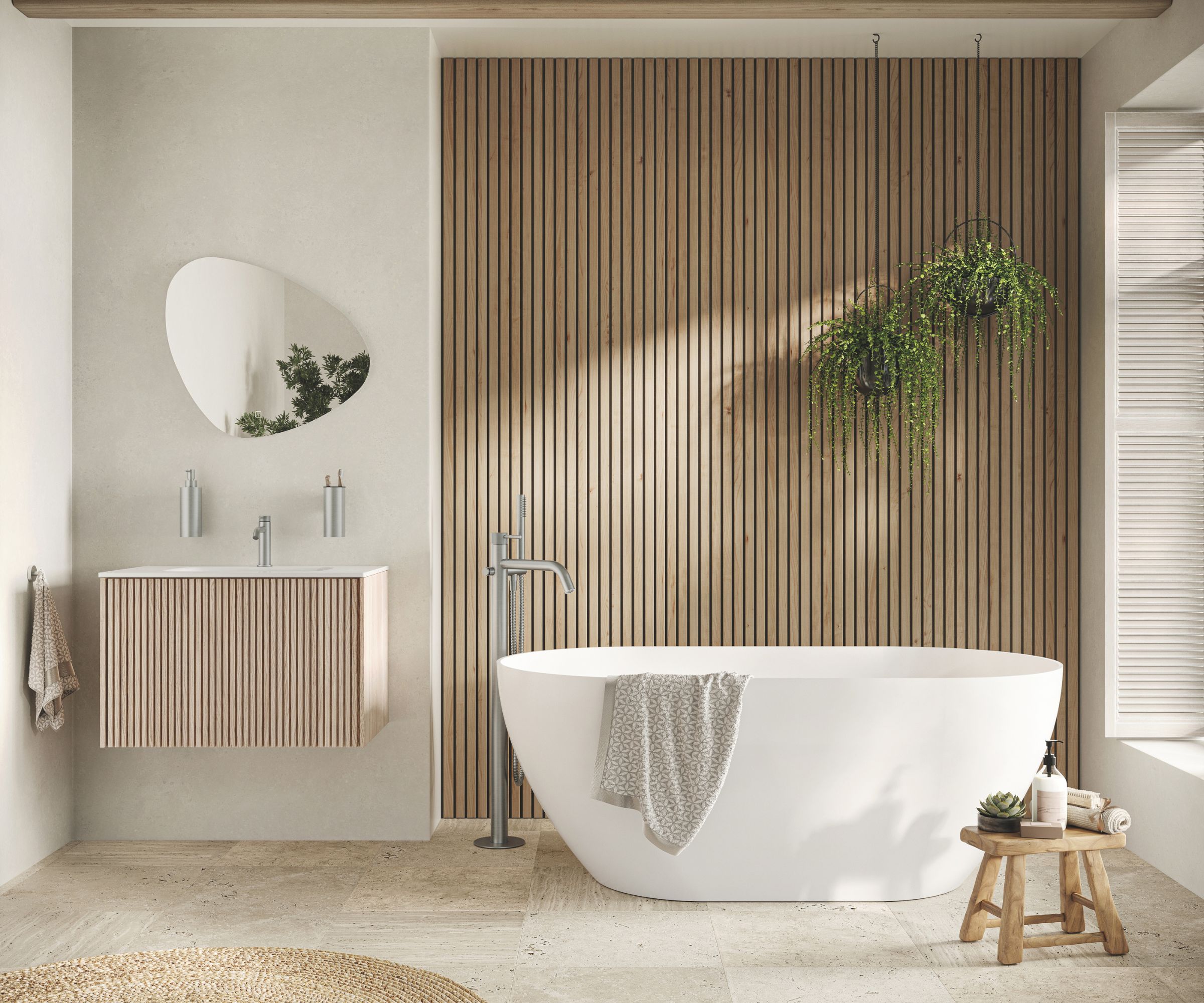
If you're wondering why Japanese bathrooms, in particular, get such high praise, it's because they are more than just functional, and more than just aesthetic spaces.
'Japanese bathroom design focuses on simplicity, mindfulness, and tranquillity. Drawing from the principles of Japanese culture, these spaces are designed to provide a restorative retreat, prioritizing relaxation, and balance,' explains Jorge Hernandez, head of product design at Crosswater.
'The harmonious blend of natural materials, soft textures, and neutral tones fosters a sense of calm, transforming the bathroom into a serene sanctuary,' he adds.
The focus on mindfulness sets Japanese bathroom designs apart from the rest. They're calming, nature-inspired, and a place where you can truly relax and unwind. This ethos takes a functional room and transforms it into something more spectacular.
'Japanese bathrooms are designed to be more than functional – they’re spaces of tranquility and rejuvenation. Rooted in simplicity and mindfulness, they create a serene atmosphere that helps transform daily routines into peaceful rituals,' adds Olga Alexeeva, creative director at Black & Milk.
5 Japanese-inspired bathroom ideas
There's so much inspiration to take from Japanese bathroom design. Here, experts explain the design elements you can introduce to your own bathroom to add tranquility and a mindful atmosphere.
1. Introduce natural materials
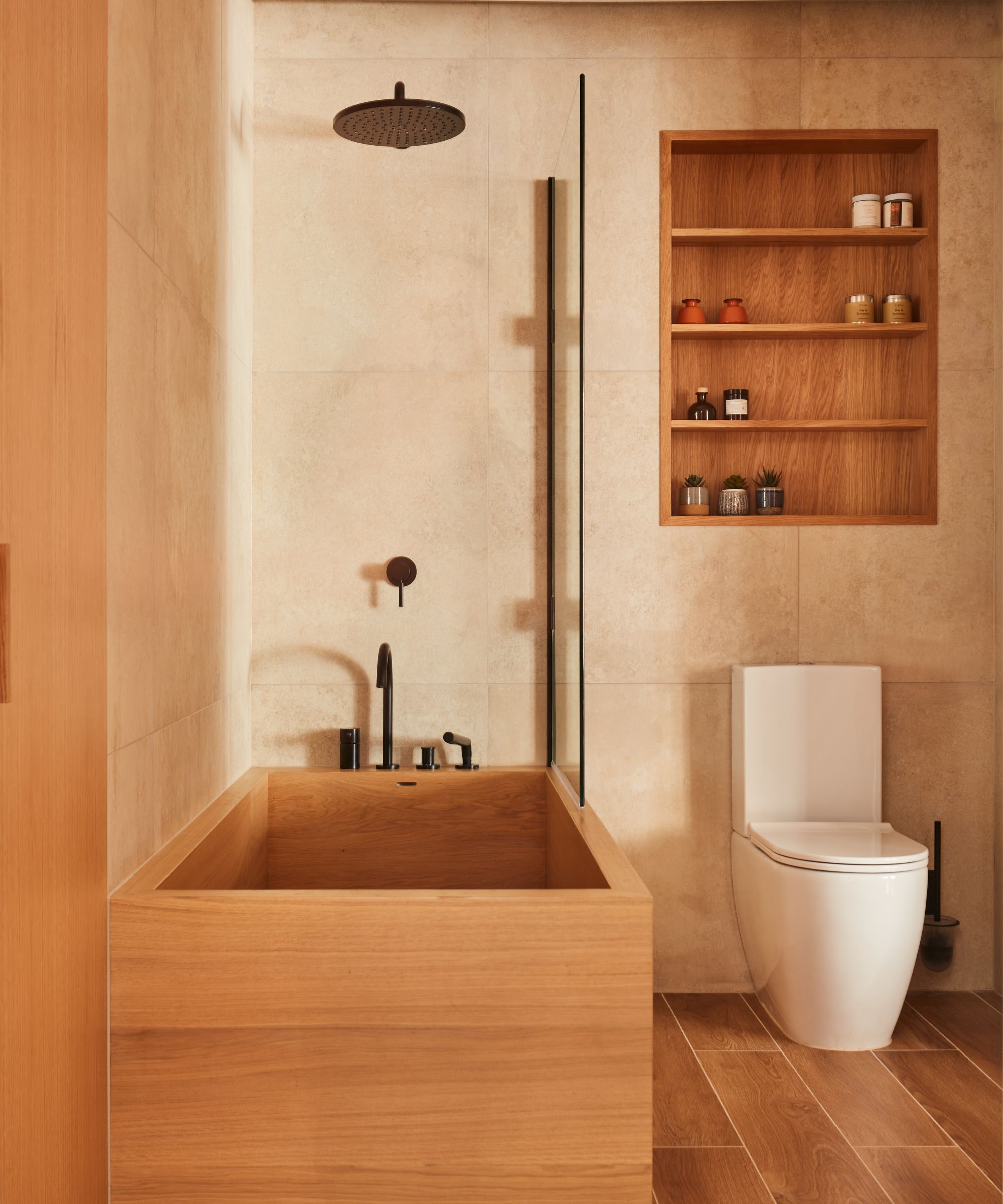
Natural materials are at the heart of Japanese bathroom design. Think lots of wood, elements of natural stone, and even plants. 'Materials like wood, stone, and ceramic are commonly used, bringing a natural warmth to the space,' says Olga.
There's also a specific layout where each element of the bathroom has its own space. 'At the heart of Japanese bathroom design is the idea of separation. The toilet, shower, and bathing areas are often divided to enhance cleanliness and privacy,' she adds.
In this bathroom, the bathtub has been clad in wood to match the shelf, and a sleek design gives the shower area and toilet their own space.
2. Incorporate elements of biophilic design
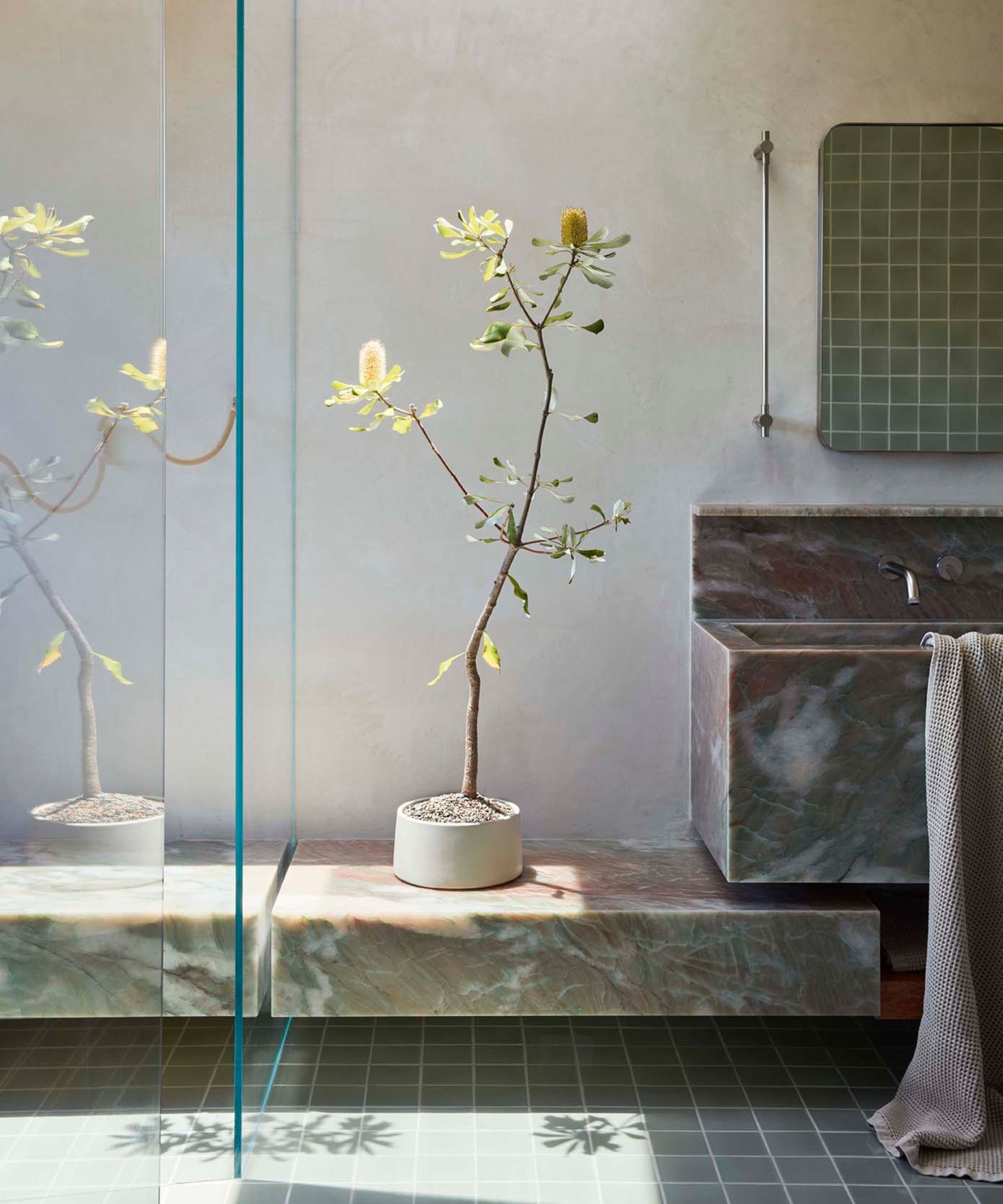
When you think of a serene bathroom, what comes to mind? For most people, it conjures images of bringing the outside in, adding plants, and creating a calming atmosphere. And those characteristics are key to Japanese bathroom design.
'Consider incorporating elements of biophilic design, such as indoor plants, to enhance the connection to nature. Soft, diffused lighting and clean, minimalist lines will further emphasize the sense of calm, while thoughtful bathroom storage solutions can help maintain a clutter-free environment,' suggests Jorge.
3. Add a traditional Japanese bathtub
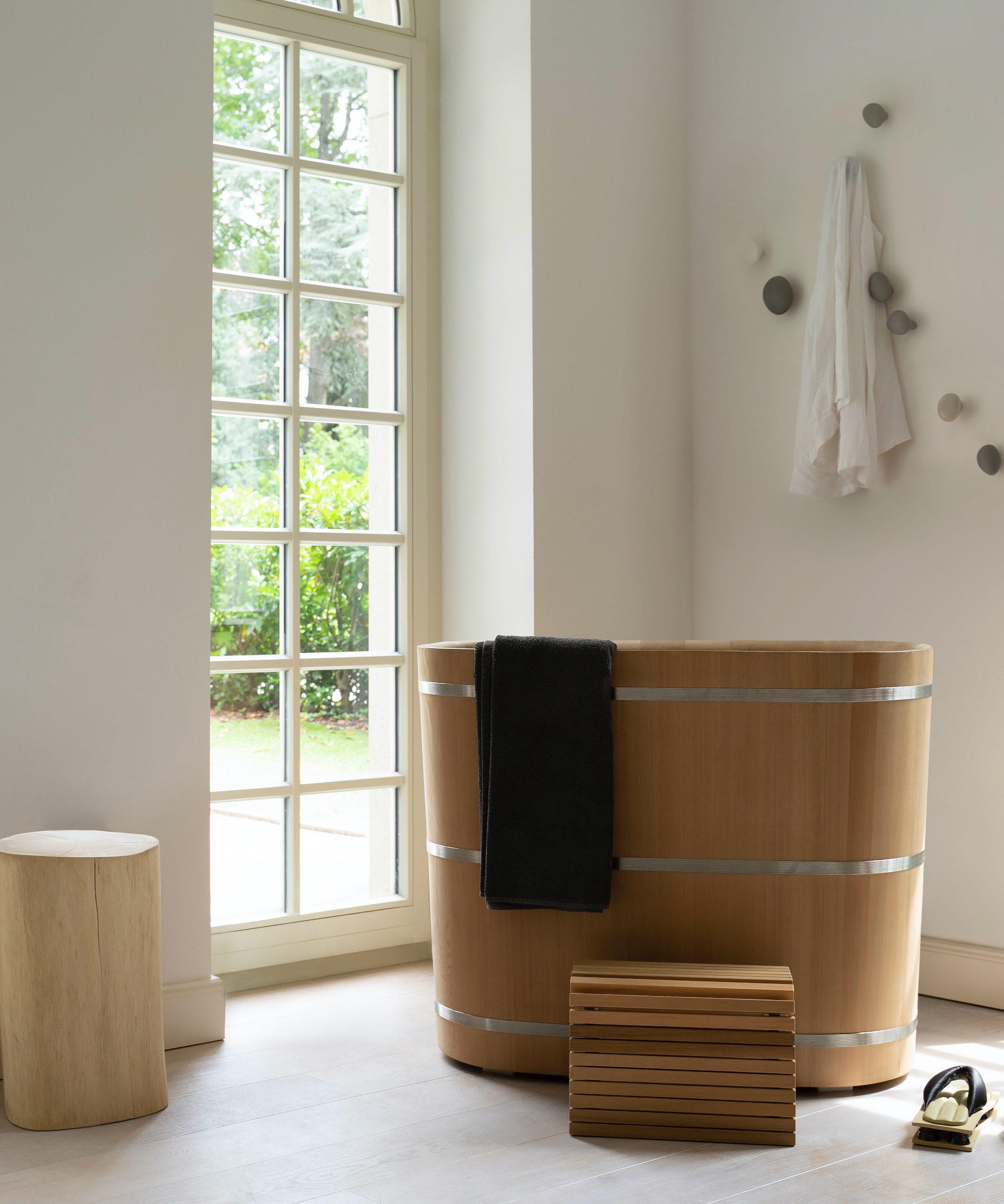
If you've seen traditional Japanese bathrooms, they probably have something in common: the bathtub. It's distinct in design and is core to aiding a sense of luxury and tranquility.
'A deep soaking tub, known as an ofuro, is often the centerpiece, offering a luxurious and meditative bathing experience,' says Olga. This style of tub is taller and more circular – in this space, it resembles a very luxe barrel in design.
To complete the space, and allow the bath to become the focal point, keep the rest of the space neutral and pared-back. 'The overall design is minimalist, with clean lines, neutral tones, and no unnecessary clutter. Adding elements like plants, natural light, or outdoor views further enhances the peaceful, grounded feeling.'
4. Bring in nature-inspired colors and plenty of texture
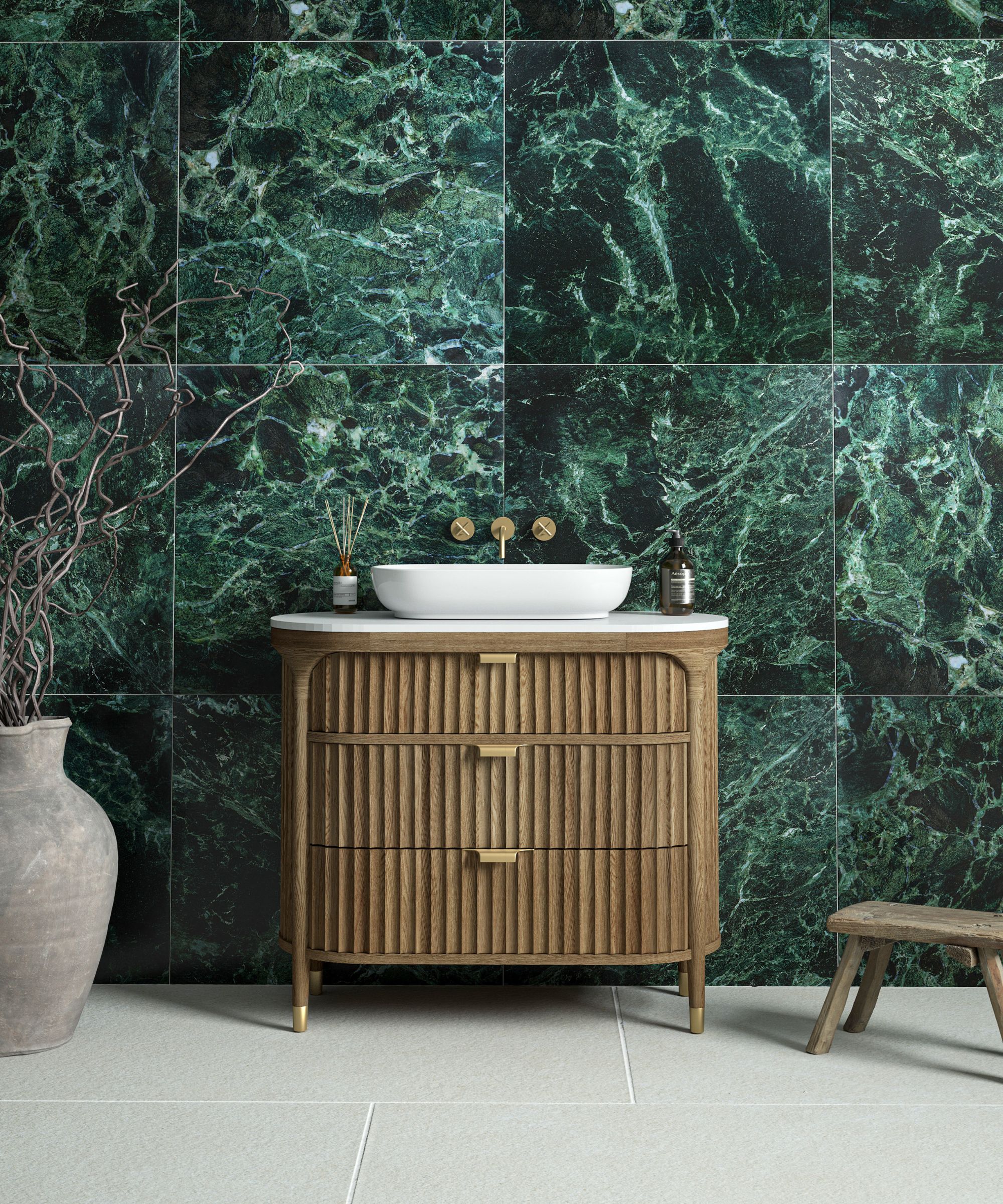
There are plenty of stylish and luxurious design elements you can introduce to create a Japanese-inspired bathroom design. From tiles to paneling, texture is your best friend here.
These additions not only add color and texture, but they give a scheme a more luxurious finish. 'Wall and floor tiles that evoke a serene and spa-like feel will suit a Japanese-inspired bathroom perfectly,' says Isabel Fernandez, of Quorn Stone.
'Whether slatted wood effect tiles to add warmth and an organic appearance, or darker green marble effect tiles to act as a stone wall accent for a tranquil and cocooning effect, the tiles you choose will help in creating a relaxing Japanese bathroom design,' she adds.
5. Maintain a clutter-free bathroom
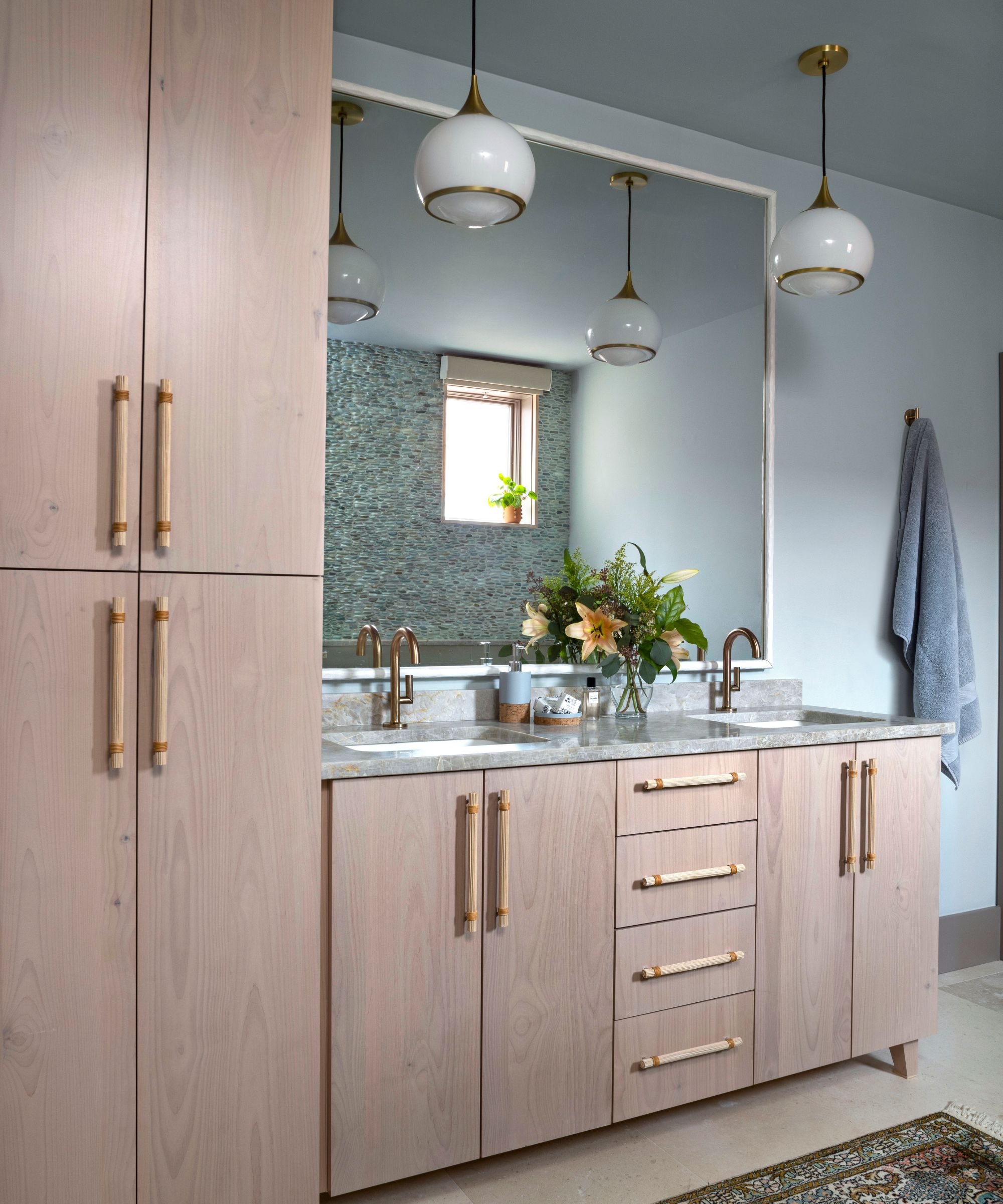
Clutter and chaos are not very mindful, so if you're trying to bring the serenity of a Japanese bathroom into your scheme, it's time to declutter – and keep it that way.
'To bring Japanese design into your bathroom, start by embracing minimalism. Clear away clutter and stick to a neutral, earthy color palette,' says Olga, emphasizing the importance of a tidy space.
'Incorporate natural materials such as wood for shelving or stone for the flooring or walls. Finally, enhance the calming atmosphere with greenery, soft lighting, or even a small water feature. The goal is to create a soothing space that feels connected to nature and designed for relaxation.'
Whether you introduce jade green tiles, plants as decor, or a traditional soaking tube, we can take plenty of design cues from Japanese bathroom design to create a calmer, more mindful space.
Sign up to the Homes & Gardens newsletter
Design expertise in your inbox – from inspiring decorating ideas and beautiful celebrity homes to practical gardening advice and shopping round-ups.

I’ve worked in the interiors magazine industry for the past five years and joined Homes & Gardens at the beginning of 2024 as the Kitchens & Bathrooms editor. While I love every part of interior design, kitchens and bathrooms are some of the most exciting to design, conceptualize, and write about. There are so many trends, materials, colors, and playful decor elements to explore and experiment with.
-
 Bethenny Frankel says this affordable but 'expensive-looking' silverware set is the perfect stand-in for an iconic $2,050 version – recreate the look for under $60
Bethenny Frankel says this affordable but 'expensive-looking' silverware set is the perfect stand-in for an iconic $2,050 version – recreate the look for under $60Store your flatware in style with the RHONY's flashy (but affordable) egg-shaped flatware recommendation – and get the look no matter your budget
By Sophie Edwards
-
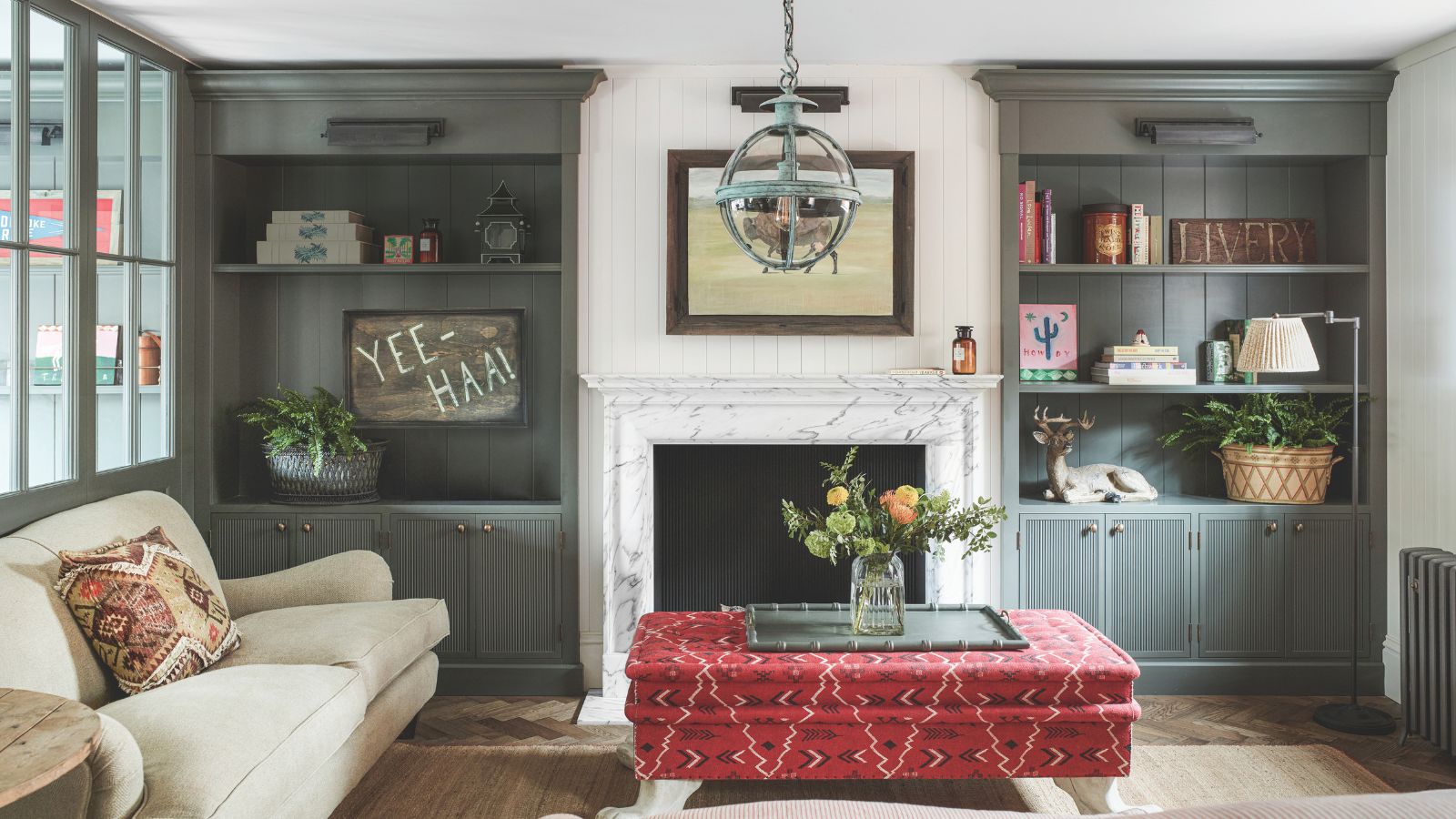 Easily harness the decluttering power of the Category Consolidation Approach – if you constantly try and fail to 'eat the elephant whole', experts say this one's for you
Easily harness the decluttering power of the Category Consolidation Approach – if you constantly try and fail to 'eat the elephant whole', experts say this one's for youTake the stress out of streamlining with this tried-and-tested method that home organizing pros love
By Andy van Terheyden